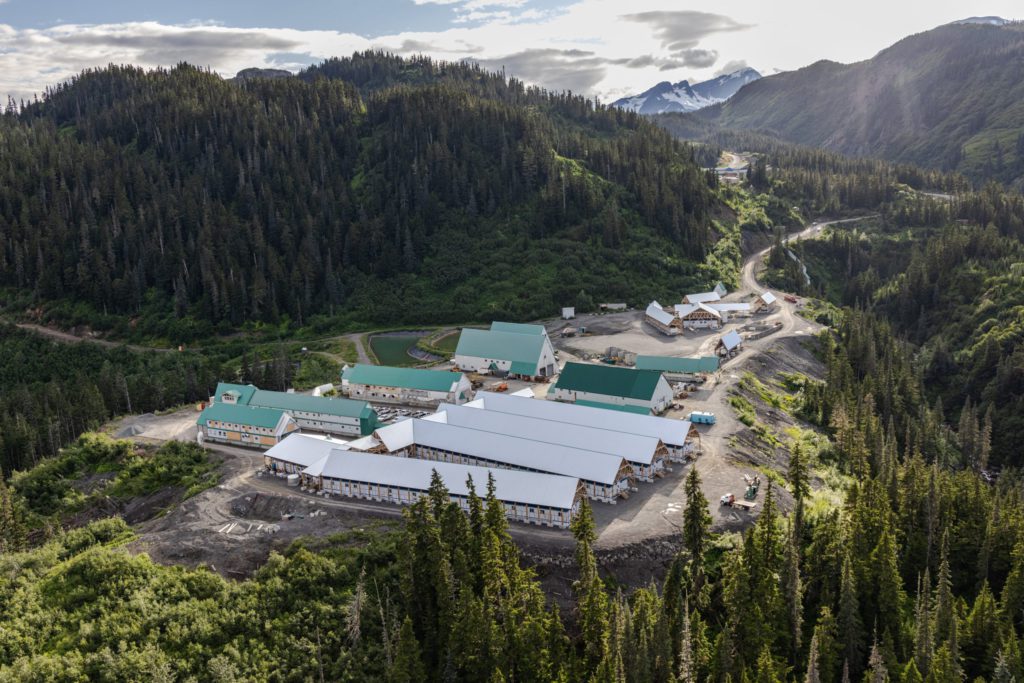Skeena welcomes historic consent agreement between BC, Tahltan governments

The landmark agreement was also acknowledged by the Association for Mineral Exploration, which advocates for responsible mineral exploration and development through building and sustaining respectful, open, and long-lasting relationships built on trust and mutual understanding.
“The signing of this agreement is both a meaningful step toward reconciliation and a demonstration of collaboration between provincial and indigenous governments and industry in BC, a world-leading place to explore responsibly,” AME said in a statement.
This historic agreement changes approach to environmental assessments on the Tahltan Nation’s land by introducing a framework that ensures Tahltan values and rights are respected from the outset. The agreement would also make possible the development of a new model for sustainable mining and world-class environmental practices and standards, leading to unprecedented business certainty of indigenous consent for a mining project.
“As an already developed mine site with existing road access, waste management facilities, nearby access to green power, and robust economics, gaining consent from the Tahltan Nation on whose unceded land Eskay Creek is located, is a crucial step in an efficient approval process for the project,” Justin Himmelright, Skeena’s SVP of external affairs and sustainability, commented.
The company sees this agreement as an historic step toward recognizing the rights and title of First Nations in BC and a major benefit for Eskay Creek. The agreement provides greater certainty and framework for the environmental assessment of the revitalization of the past-producing Eskay Creek mine.
Eskay Creek was once the highest-grade gold mine in the world, producing a total of 3.3 million oz. of gold and 160 million oz. of silver at average grades of 45 g/t gold and 2,224 g/t silver between 1994 and 2008. Skeena is currently looking to resurrect this historic underground mine, but as a conventional truck and shovel open pit operation that will produce a gold-silver concentrate on site, which will then be transported to third-party smelters.
According to a 2021 prefeasibility study, the revitalized Eskay Creek project would produce 2.45 million oz. of gold and 70.9 million oz. of silver over the course of its approximate 10 year operating life, using existing infrastructure.
The Eskay Creek project site is endowed with an all-season access road and on-site facilities, including a permitted tailings storage Facility. Clean power can be accessed through the Coast Mountain hydroelectric facilities (Forrest Kerr, McLymont Creek and Volcano Creek run of the river), partly owned by the Tahltan Nation, or by accessing the main hydroelectric grid.
Skeena recently published its inaugural ESG report to provide a thorough overview of the its ESG practices, commitments and performance, highlighting the importance of “environmental stewardship, social responsibility and strong governance” in sustainable economic development.




